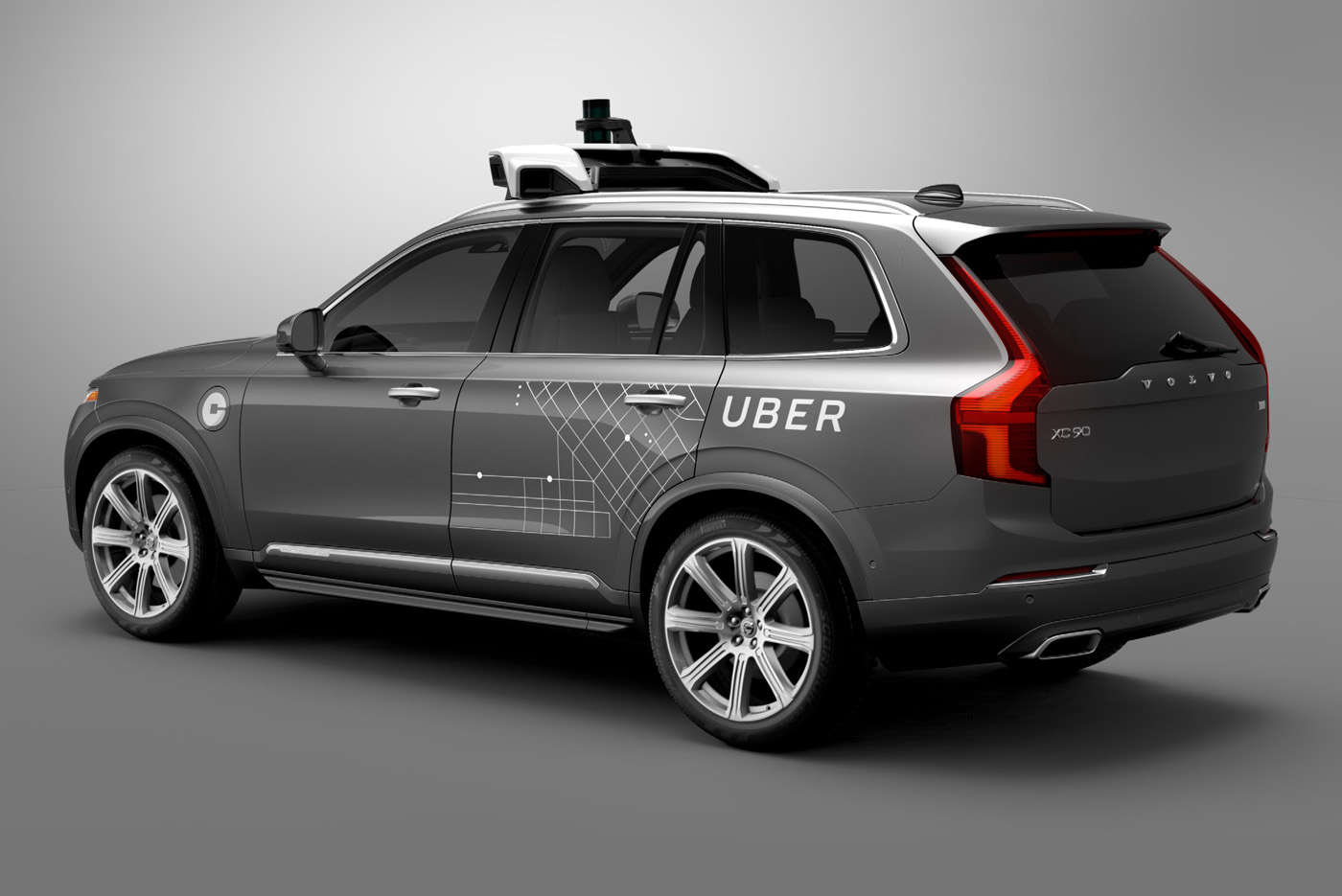While it’s clear that companies like Uber, Grab and Lyft are aggressively expanding and changing the way of modern mobility, it’s also no secret that their losses incurred are monumental.
Uber has never registered an annual profit, losing USD 4.5 billion last year while Lyft recorded a loss of USD 1.2 billion between 2016 and 2017. In an article by J.D. Power, it claims that industry experts have narrowed the cause of these losses to two reasons – the rides have been heavily subsidised and the cost of paying the drivers.

The same article, written by the Director of Automotive Industry Analytics at J.D.Power then raised the question; can these ride-hailing companies finally turn a profit by opting for driverless technology instead, a rampant development which had done nothing more than yielding road fatalies.
It makes sense, on the surface at least, that by eliminating the drivers, the bulk of the overhead could be turned into profits instead. But is it really that simple? Not really actually.
Eliminating the drivers would also mean eliminating their personal vehicles and by that, these ride-hailing companies will have to incur even higher expenses for purchase new vehicles, maintain them and house them in a secure facility. It’s like taking one step forward and two steps back. The man-power required, security, logistical and maintenance costs (insurance, repairs etc.) alone would set these companies back years in the accounting journals.
The man-power required, security, logistical and maintenance costs (insurance, repairs etc.) alone would set these companies back years in the accounting journals.
Perhaps there could be an arrangement where the cars can be provided by the manufacturers, for the ride-hailing companies to attract their customers, with maintenance taken care of by a third party that services and secures the vehicles when not in used.
It’s evident that these ride-hailing companies and their unstable tech are still not ready for the inevitable transition, and unless they can come up with overnight solutions for the challenges that are attached to the switch, you jobs and livelihood are still safe.





